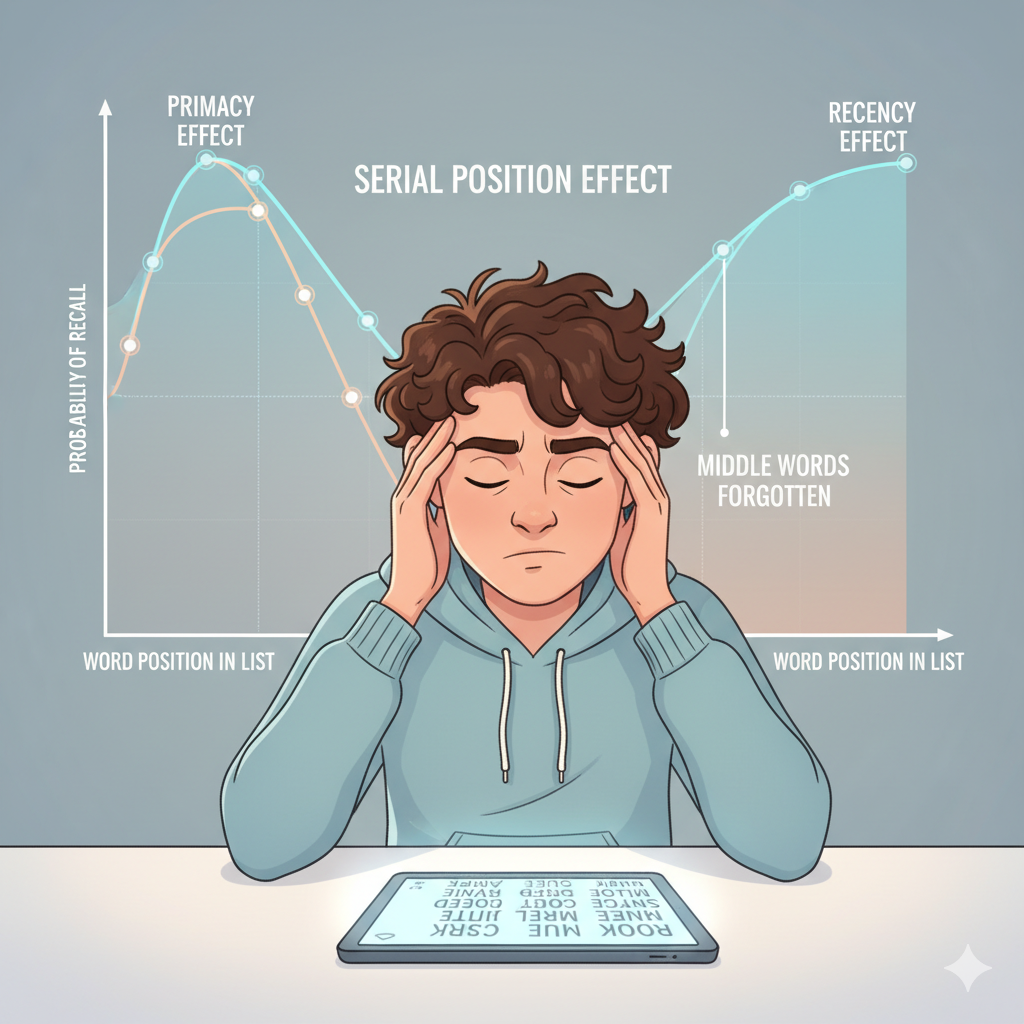
Please note – This lesson is best viewed in desktop mode – click the three dots on your browser and tick ‘desktop mode’ if viewing on a small screen device
AO1 (Description)
| Researchers | Atkinson and Shiffrin (1968) proposed the multistore model of memory (MSM). |
| Definition of MSM | The model proposes memory as a stage-wise system comprising three unitary, structurally distinct stores: 1. sensory register (SR), 2. short-term memory (STM) and 3. long term memory (LTM); with information transferred between them via the controlled processes of 1. attention (from SR->STM), 2. maintenance/elaborative rehearsal (to maintain in STM/transfer to LTM), and 3. retrieval (from LTM->STM). |
| SR Capacity | The sensory registers or modalities (eyes, ears, nose, tongue and skin) have a very high capacity. Sperling (1960) demonstrated this using a partial report technique; participants could recall most letters from a cued row, indicating the entire iconic store was initially available but decayed rapidly. |
| SR Duration | Duration is extremely brief. Sperling (1960) found iconic memory lasts ~0.5 seconds, while Darwin et al. (1972), using a similar auditory method, found echoic memory lasts up to 3 seconds before decay. |
| SR Coding | Coding is modality-specific, maintaining information in its original sensory form (e.g., iconic for visual, echoic for auditory, haptic for touch). |
| STM Capacity | Capacity is limited. Jacobs (1887) used a digit span technique to establish a capacity of 5-9 items. Miller (1956) refined this, proposing a capacity of 7±2 chunks of information. |
| STM Duration | Duration is short without rehearsal. Peterson & Peterson (1959) prevented rehearsal of trigrams with a counting task; recall fell to <10% after 18 seconds, demonstrating rapid STM decay. |
| STM Coding | Coding is predominantly acoustic. Conrad (1964) showed participants visually presented consonants; recall errors were based on sound (e.g., confusing ‘V’ for ‘D’), proving information was encoded acoustically in STM. |
| LTM Capacity | LTM capacity is considered essentially unlimited, with no known upper bound on the amount of information that can be stored permanently. |
| LTM Duration | Duration can be permanent. Bahrick et al. (1975) tested graduates’ memory for classmates; participants showed ~80% recognition accuracy after 48 years, demonstrating very long-term duration. |
| LTM Coding | Coding is primarily semantic. Baddeley (1966) presented word lists; after 20 minutes, recall was worse for semantically similar words, indicating LTM uses a meaning-based code. |
AO3 (Evaluation)
| Case Study Support | Point: One strength is supporting evidence from neuropsychological case studies of patients with brain damage. Evidence: For example, patient KF (Shallice & Warrington, 1970) had poor STM capacity but intact LTM, while patient HM (Scoville & Milner, 1957) could not form new LTMs but had a normal STM span. Explanation: This dissociation suggests that STM and LTM are physically separate stores, as damage to one store impairs its function while leaving the other store unaffected, which is a core claim of the MSM. Link: This increases the validity of the model, as it shows the proposed memory stores have a biological basis in the brain. |
| Brain Scan Evidence | Point: A further strength is the support from modern brain-scanning techniques. Evidence: Squire et al. (1993) used PET scans and found that the hippocampus was active during LTM tasks, while the prefrontal cortex was active during STM tasks. Explanation: This provides physical, objective evidence that different brain regions are responsible for short-term and long-term storage, strongly supporting the MSM’s view of separate stores. Counterpoint: However, these scans also show that many brain areas are active simultaneously during memory tasks, which contradicts the MSM’s simple, linear view and instead supports more complex models like the Working Memory Model (WMM). Link: Therefore, while this evidence supports the idea of separate stores, it also challenges the model’s validity by suggesting the process is more interactive than the MSM proposes. |
| Challenge from WMM Model | Point: A major weakness is the challenge posed by the WMM from Baddeley and Hitch (1974). Evidence: The WMM replaced the unitary STM store with a multi-component system (e.g., central executive, phonological loop) that is active and processes different types of information simultaneously. Explanation: Research for the WMM shows that people can perform two visual or two verbal tasks at the same time poorly, but one visual and one verbal task well. This contradicts the MSM, which sees STM as a single, passive store that would be overwhelmed by any dual-task, regardless of the type. Link: This significantly challenges the validity of the MSM’s conceptualisation of STM, suggesting it is an inaccurate and oversimplified explanation. |
| Challenge from Flashbulb Memory Phenomenon | Point: One weakness is the existence of flashbulb memories, which the MSM cannot easily explain. Evidence: Flashbulb memories are highly detailed and vivid ‘snapshots’ of emotionally significant events (e.g., where you were during a major news event) that seem to bypass the need for prolonged rehearsal to enter LTM. Explanation: According to the MSM, transferring information to LTM requires sustained rehearsal in STM. Flashbulb memories, however, are formed instantly due to high emotional arousal, suggesting there are alternative routes to LTM that the model does not account for. Link: This reduces the validity of the MSM, as it shows the model is an oversimplification and cannot explain all memory phenomena. |
search terms – oxford ial psychology, oxford a levels psychology, oxford aqa a level psychology, oxford aqa a levels psychology, oxford a level psychology, 9685, international a level psychology, international psychology, revision, past paper solution, multistore model of memory, msm, atkinson and shiffrin, ao1, ao3, description, evaluation, 20-marker, essay, paper 1, ps01, pso1